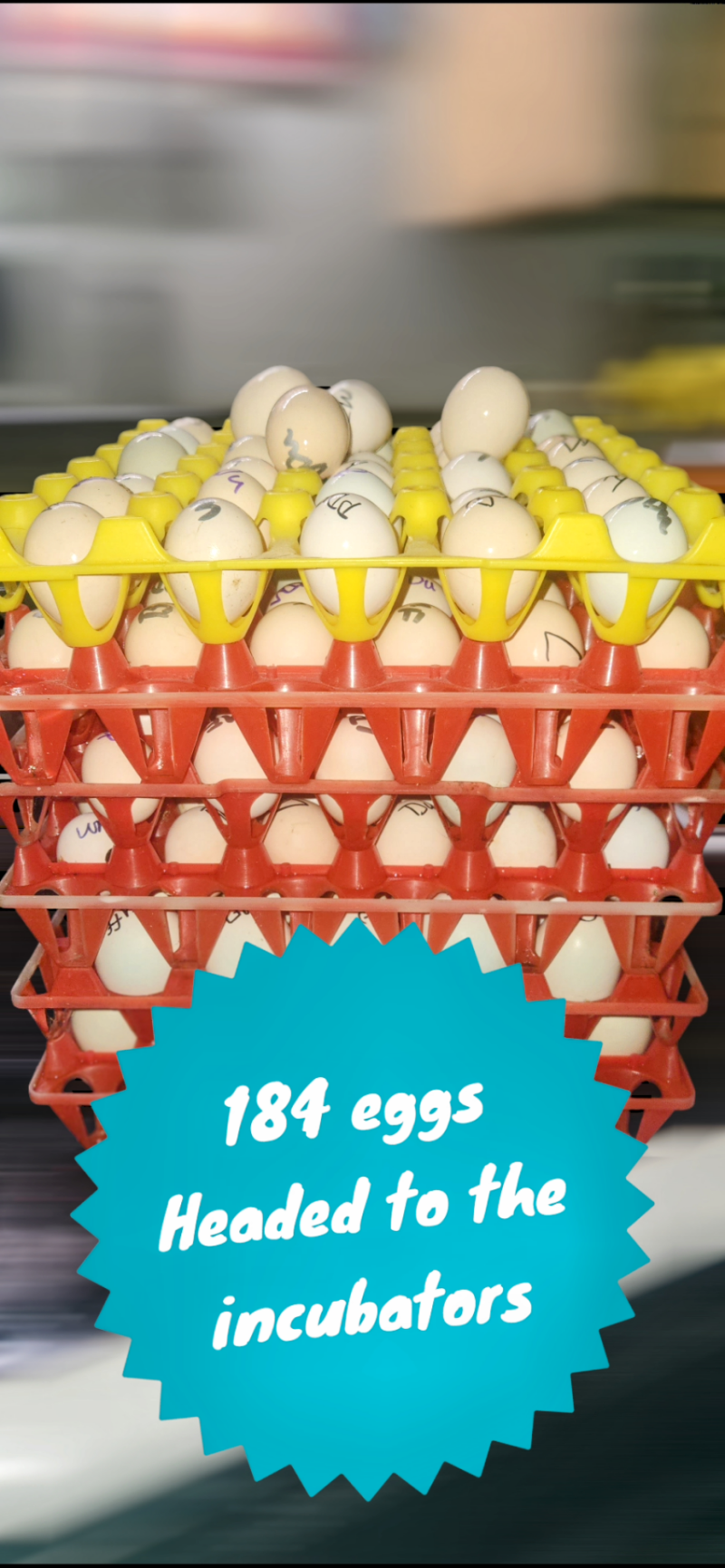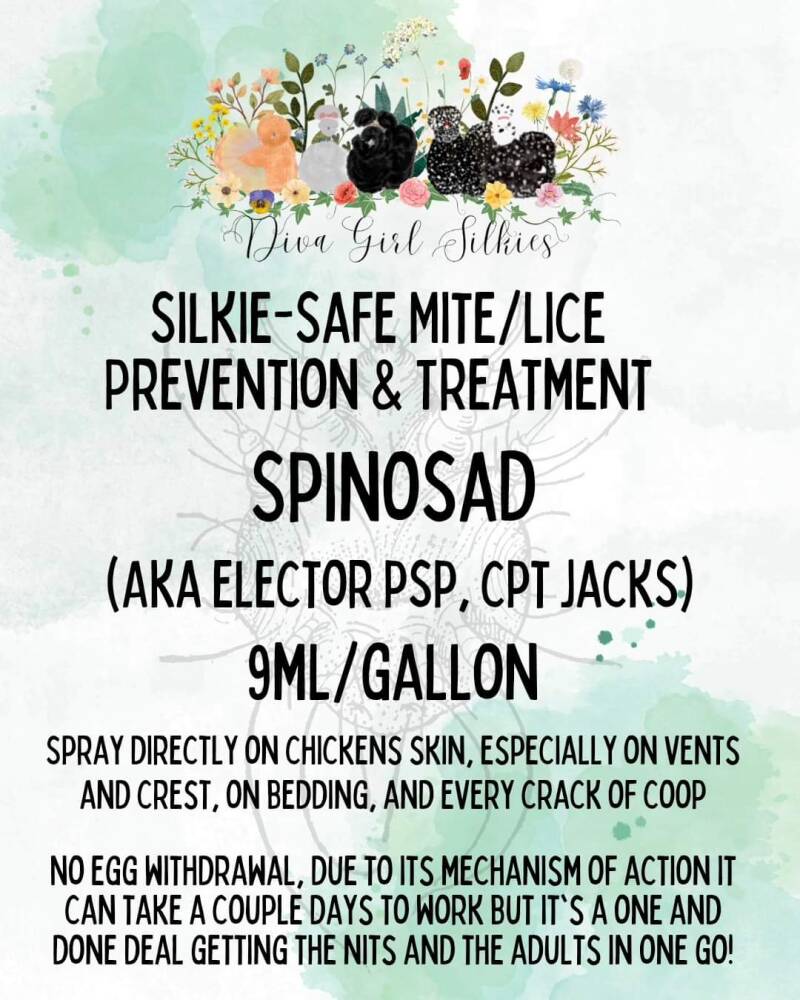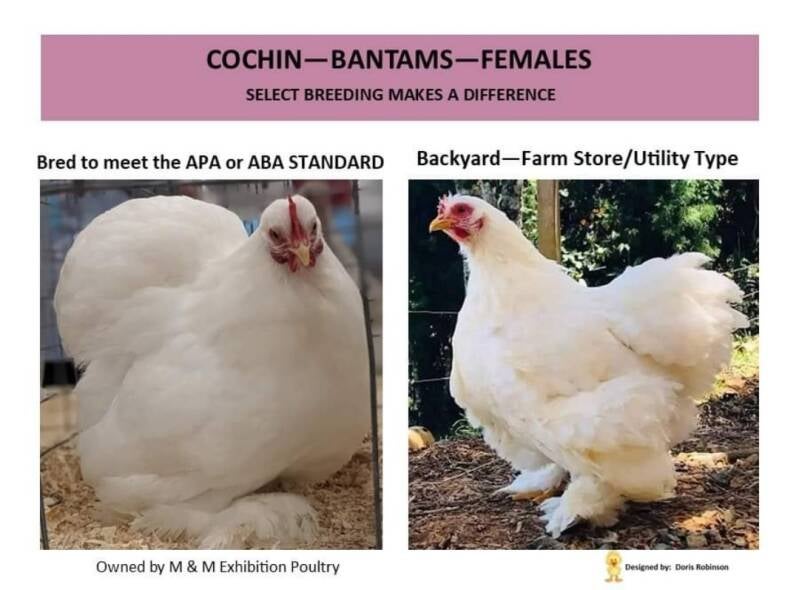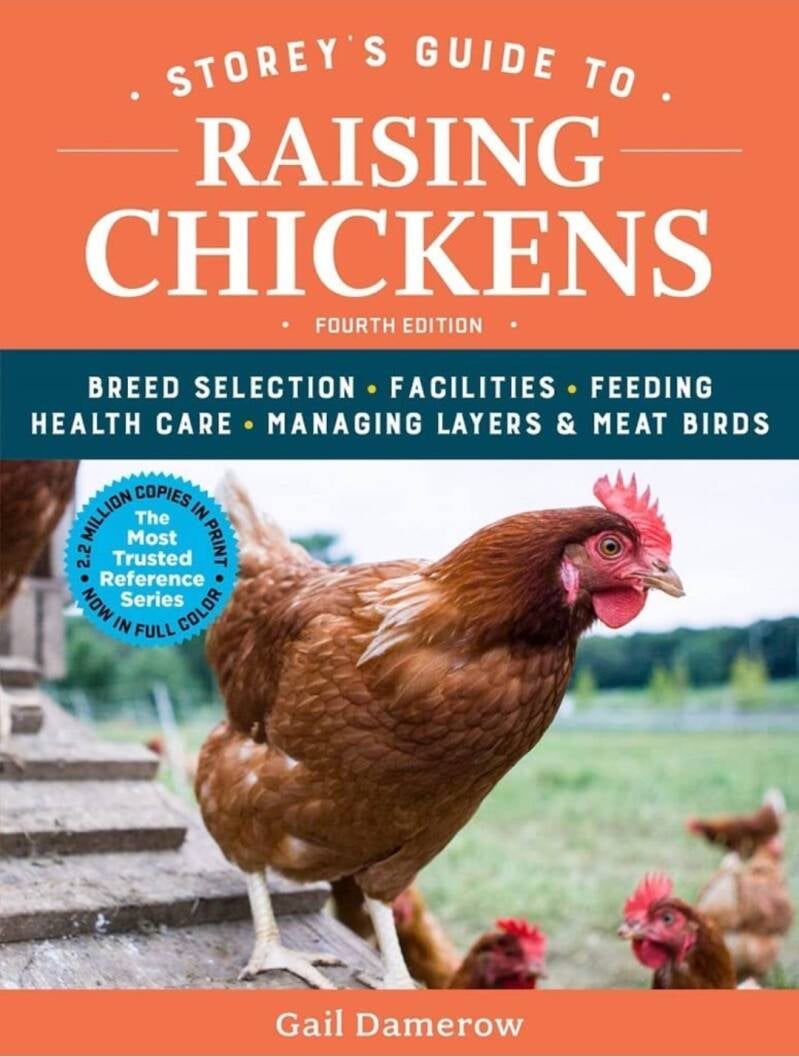In the Know
In the know page: this page is for answering questions you may have for anything from mite prevention and care to resources on hatching to breed clubs. It's in no particular order, just as information comes along or questions are asked.
Down below there is a section for resource links such as podcasts and books I've found helpful.
For download, hatching egg guide and bantam chick care guide

A few words on hatching eggs:
Incubators:
I personally use hatching time cabinet incubators, I love them and they're almost fully set and go til time for lockdown.
There are, of course, things you need to do with any incubator, test hatch to check to see if the settings and humidity will work for you. Some areas have higher humidity or not enough. A room might be too warm and raise the heat in the incubator higher than what you think it is.
I set up in one area and turned out the room was too warm and the internal temperature was way too warm. It cooked the eggs basically.
Always test hatch with cheap eggs first.
Info from another person:
Sometimes an incubator can have uneven heating and you end up with uneven development. A customer of mine, Wendelin, gave me this information when looking for incubators.
"The Technology has a long name but is known as PID. Sometimes the words 'Predictive Temp Control tech' or 'PID Controller' are used.
Basically there is a bit more computing so that conditions that affect stability are responded to-for example time to increase the temp.
Recently bought and am using 3 incubators that I got on Amazon>
KEBONNIXS 12 Maticoopz 30 one of the 'Smart Incubators" that various distributors may or may not have branded ( eg https://www.amazon.com/dp/B0BS3HCKZK?psc=1&ref=ppx_yo2ov_dt_b_product_details)"
( neither of us are affiliated with Amazon, just sharing information)
Some quick hints on hatching,
*keep the humidity low and don't forget to raise it the last 3 days.
* Don't keep opening the incubator, chicks can live 3 days with no food, mom sits on a nest for at least 3 days with chicks as they all hatch. Opening constantly creates problems with heat and humidity.
* I Buy separate hygrometers from amazon to check against the incubators humidity, if the 2 are close ( temp and humidity) then I leave it alone.
* the room your incubator is in really can affect your hatch. Make sure it is a draft free room and that the temperature is steady.
* When you candle pull them all out and put back as you candle. Ideally you would leave them in but some people like to candle, keep a spray bottle (filled with bottled water if you have well water) and mist inside when you open the incubator.
I'll put a picture of the hygrometer I get from Amazon below, but you can also find them on ebay.

Mite care:
Mites are a problem that everyone runs into at some point in the chicken keeping journey. They're carried on wild birds and in certain seasons they're worse.
Below are some graphics developed by Diva Girl Silkies, that explain different methods.
Shared with permission.
Link to her Facebook post with graphics:
https://www.facebook.com/share/p/bQprEhA4NMhVsPno/?mibextid=oFDknk




Definitions
Terms you may come across in the chicken keeping world and what they mean: This is by no means an exhaustive list but a quick list of the most common terms.
In no particular order:
Cuckoo: Cuckoo is the name used to describe the barring gene in some chicken breeds. There is a difference in a cuckoo barring and barred. In Cuckoo the barring will be uneven instead of even lines. The barring gene is a dominant gene so it does not split. Split means for example a bird can be black but carrying self blue genes. (see self blue for explanation)
Cuckoo can be used to create sex linked offspring. For example a solid color rooster (black, Buff, chocolate, does not work with blue b/b/s) over cuckoo hens will create cuckoo males and solid color females). This works because hens can only pass the barring gene to their sons.
Blue/self-blue/lavender: So what's the difference between Blue, Self-Blue and lavender. The Blue gene in chickens is blue/Black/Splash or can be written as b/b/s, the offspring from Blue parents can be any of these 3 colors in each hatch. In ahort they dont create the same color everytime.
Self-Blue is the correct name for Lavender. When you read the standards books they refer to Self-Blue. Self-Blue AKA Lavender means each offspring from self- Blue parents will always be self-Blue. It is not recommended to breed lavender to blue. The 2 sets of genes do not help each other, and lavender when crossed with blue can lead to ghost lacing and other deficits in the coloring.
Self blue is a hard color to breed, because there is a feather shredding gene that is carried by self blue as well as a death gene. What that means is many chicks die during incubation or will randomly die as adults. I definitely recommend a mentor that is well versed in self blue.
Americana/Ameraucana/Amercana/Araucana/Easter Egger: We will break these down but they are sometimes used to describe the same thing or mistaken as the Ameraucana breed or Araucana breed: People often get these confused or see the different spelling and think they are the same. The only thing any of these have in common is that they all lay colored eggs.
An Easter egger is any chicken that lays a colored egg.
Americana/Ameracana this is the spelling often used in breeding from hatcheries or backyard mixes. They are often confused as being the Ameracauna breed which is a pure breed. If you see this spelling you are purchasing a mixed breed that will lay some sort of colored egg.
(Absolutely nothing wrong with a mixed breed, but people often join one of the clubs for the pure breeds and are let down when they learn all the work they put into breeding was with the wrong birds. This is a big reason why it's important to go to a knowledgeable breeder to get the right starting stock. Yes they will be more expensive but you will have a better start in the long run for your breeding program.) Ameraucana is a purebred chicken, there are hatcheries who have them and if they are purebred they will have what is called a certified flock by the APA or American Poultry Association. They will have been phenotyped. Most smaller breeders show their birds and follow the SOP for the breed. Information on the Ameraucana breed here: http://ameraucanabreedersclub.org/standard.html
Araucana is a purebred chicken that has muffs ( they were used to start the Ameracauna breed.) Find pictures and breed information here: http://www.araucana.net/
Elementary Project hatching eggs: Some teachers hatch eggs to teach life science. They will hatch some eggs and the children learn about the life cycle of poultry.
Hens Choice: Hens Choice simply means whatever hen gave you an egg the day it was collected is the egg you get. For example in a bundle of Hens choice silkie egg, you may get all one color because that day all the white silkies laid. Or a Mashup of all the pens, ex: 3 chocolate silkies laid and 2 white and 4 black at collection that day.
Homestead Expansion kit: This is a fun one I came across on etsy. Because many selling platforms don't want you selling eggs on them because they consider it a live animal ( I know, I know) people have gotten very interesting in their product descriptions. But hey! It's a good one.
Alternatively explained like this as advertising:
So you need to buy hatching eggs but your significant other said no more? Then you need a homestead expansion kit! See how well that works. 😀
Pullet- young hen, specifically 6 months or less.
Hen- a female chicken at least 1 yr old.
Cockerel- young rooster, 6 months or less of age.
Rooster OR Cock bird- Male chicken 1yr or older.
Hatching eggs- fertilized eggs to hatch chicks.
Molt- Once a year a chicken goes thru a molt. They shed old feathers and grow in new ones. Typically happens at 1 yr to 18 months of age and yearly after that. Typically in fall ( although some feather leg breeds choose spring for their molt). The yearly molt generally happens the time of year your bird was hatched
I have some that molt during all the different seasons because I hatch year round.
During a molt chickens stop laying and their energy goes into replacing old feathers. Some breeds have been known to molt twice in a year. Some years they have a "hard molt" where they shed more feathers than usual.
Crop- sometimes more noticeable on chicks, a term for the chickens stomach. Carried at their front, very noticeable when full. See the photo in the chick care guide.
Comb- red flap on top of a chickens head. Some stand some are small and flat.
AI: Avian Influenza- also called H5N1 and Bird Flu. A respiratory virus that primarily infects birds and waterfowl, 60 percent death rate among birds.
NPIP- National Poultry Improvement Plan. A voluntary program nationwide where poultry are tested every 6 months for Avian Influenza (AI) and pullorum Typhoid. Different states have different requirements.
Bloom- a clear protective coating produced by hens that covers an egg to protect from bacteria. This washes off when the egg gets wet.
Straight Run- unsexed chicks
Broody- nesting instinct in female chickens, they will sit in the nest box and not want to leave
Fertile and fertilized- all eggs are fertile by a year old, but are fertilized by a rooster. Hens do not need a rooster to lay eggs. They do need a rooster to have fertilized eggs to hatch. I've also seen this listed as rooster exposed.
Bantam- a mini version of a standard or large fowl chicken.
True Bantam- a chicken breed that does not have a large fowl version
Nest Egg- fake eggs put into nest boxes to help chickens learn to lay in the box.
Pet quality- a chicken that may not have all the traits that are part of the Standard of perfection for that breed. Perfect for backyard flocks, would not be able to show in a poultry show.
Show quality- you will see this advertised from time to time, there are show birds but there is no such thing as show quality. To be shown a bird must be 4 months or older. All birds that are shown must be tested and NPIP program does not test any bird under 4 months old. Chicks and eggs can not be show quality for this reason.
Breeder quality- Chickens that have all the traits for the standard, can produce offspring that will also carry the same traits. Potential to show in poultry shows if desired. Typically you can tell if a bird will be breeder quality from 8 months to 1 year of age, may take longer in slower developing breeds. Good to know is that, while birds can be breeder quality that does not mean every chick they make will be breeder or show quality.
Serious breeders hatch large amounts of chicks, put them thru evaluations from hatch to adulthood. They pull out any that do not meet standard ( that is hard to do until you have the standard memorized and know it iside and out for that breed.) But great way to learn what to look for at all the different stages, a chick and teenage bird can look not so great ( don't we all look a little awkward in our teens) grow out to be amazing. Patience pays off here.
Standard of Perfection- a set of expected traits in a chicken breed set by the American Bantam Association and the American Poultry Association. Book of poultry Standard of Perfection aka: SOP.
Fault: a fault in the chicken keeping world means the chicken has some trait that should not be in that particular breed. For example in silkie and satin breeding you will sometimes get offspring that have 4 toes. Or a straight comb, neither of these are a trait silkies should have. Silkies are polydactyl which means they should have 5 toes. You will even have offspring that will have 4 toes on one side and 5 on the other foot. This mean that chick has 1 copy of the polydactyl gene and in a pinch could still be used in breeding if it has all the other traits you need. (* The polydactyl gene can also give a bird more than 5 toes. It just depends on how the genes line up.)
Descriptions of the breed standards can be found in the American Bantam Association standards book and The American Poultry Association standard books.
Type: describe the overall body type or characteristics that should be found in a particular breed.
Dual Purpose: a chicken breed may be used for eggs and meat. This makes them dual purpose, not all breeds are big enough for meat.
Supplemental light- chickens need 14 hours of daylight to lay. In the fall they molt ( if they are a year or older) and will slow down or stop laying as daylight is less than 14 hours. Some people add Supplemental light hoping to give their hens more light so they will lay. It does not always work. Something to keep in mind, chickens are born with a set amount of eggs, as they age they lay less each year. If you force them to lay when they naturally should be taking a break, you are forcing them to lay less sooner over their lifetime. There are some heritage lines that are better winter layers than other breeds.
Mareks disease: a disease that is spread by virus laden dander that can travel as far as 2 miles on the wind. Birds whether wild or domesticated can spread Mareks. ( Adults brought in to our homestead from other NPIP farms are vaccinated if they have not been previously and quarantined for 6 weeks.)
Birds breathe in the virus and depending on what strain they have can have symptoms anywhere from neurological symptoms (they stop being able to walk but appear to eat and drink fine) to developing lesions on organs. Like other viruses there are hot (think covid) and cold ( think the common cold) strains, the vaccine helps the birds immune system battle this disease. It does not keep the bird from getting Marek's, it keeps Mareks from killing the bird. In our opinion vaccinating gives a small introduction to the virus and all the strains that come in the virus...(there are many) and gives your flock a better chance at fighting off an outside exposure. It is believed that every flock has been exposed at some point and why it is recommened to always quarantine any bird you add to your flock no matter their status. You can read more about Mareks here: https://www.merckvetmanual.com/poultry/neoplasms/marek-s-disease-in-poultry
Mareks vaccine can be a " leaky" vaccine. That means there are times the vaccine may not take in the bird. Most breeders try to breed for resistance.
Breeder versus Hatchery- breeders work on their lines for years, constantly striving to improve their lines. Health, laying ability and fitting the Standard of perfection. They produce in smaller quantities and work on preserving genetics of heritage breeds. Hatcheries produce on large scales. Their lines are bred for production. A few have certified lines but not many. There are some heritage breeds that are purported to be winter layers. More information on heritage breeds can be found on the Livestock conservancy's website:
https://livestockconservancy.org/
Below are some comparisons of a standard bred bird and a hatchery bred bird. Pictures have credit to the creator on them or below.

Photo comparison by Doris Robinson

Photo comparison by Doris Robinson

Photo comparison by Doris Robinson

Photo comparison by Doris Robinson

Photo comparison by Doris Robinson
Is it worth joining a breed club?
Is it worth joining a breed club or 4h poultry, yes we believe it is even if you don't plan to show your birds.
There are all kinds of different breeds that you can become passionate about. In breed clubs you will meet others who are passionate about the same things you are. Aside from love of the breed you can learn all kinds of things about care for them that you can only find from someone who has experience with that particular breed. Many clubs send out club books that give more information about your particular breed. Below are some of the clubs we belog to.
Clubs in no particular order:
Belgian Bearded d'anvers club of America
Watermaal Club of America https://watermaalclub.weebly.com/
Ameraucana Breeders Club:
http://ameraucanabreedersclub.org/
American Silkie Bantam Club ASBC:
https://americansilkiebantamclub.org/
Ameraucana Alliance:
American Bantam Association:
American Poultry Association:
Find a club:
https://amerpoultryassn.com/associate-club-memebership-list/

Podcasts, Facebook groups etc
Some links for podcasts and Facebook pages I've found helpful on raising, breeding and caring for chickens.
Podcasts:
There are a few links here but they are all to the same podcast. One is a Facebook link and one is for the YouTube channel. I have really enjoyed this podcast.
Facebook page:
https://www.facebook.com/groups/907679597724837/?ref=share&mibextid=NSMWBT
The youtube channel:
https://youtube.com/@poultrykeeperspodcast?si=TOhYwqjMJRgnxTik
Facebook groups:
American Standard Bred poultry support group:
https://www.facebook.com/groups/apasupportgroup/?ref=share&mibextid=NSMWBT
Poultry Keepers 360 Facebook group:
https://www.facebook.com/groups/354973752688125/?ref=share&mibextid=NSMWBT
Recommended Reading: A few resources for quick reading about chickens, some free some to purchase. We do not get any compensation for these we just found these resources helpful. There are even a few books written by poultry show judges that give thorough information.
We checked this book out from the public library, we found it very thorough and easy to digest so we bought a copy.
Storey's Guide to Raising Chickens, 4th Edition: Breed Selection, Facilities, Feeding, Health Care, Managing Layers & Meat birds.

Several books on specific breeds, the Silkie book was particularly helpful to us and we recommend it even if you have no plans to breed. The books covers everything from care to showing.

This book from Sigrid Van Dort is another perspective on silkies and their genetics. It covers everything from care to genetics and sex-linked pens. We will mention that yes, the silkies on the front of the book are European standard bred not American breed standard so they look different. The genes however work the same and worth the price.
https://www.chickencolours.com/index.php/the-silkies- silkie-bantams-book/


